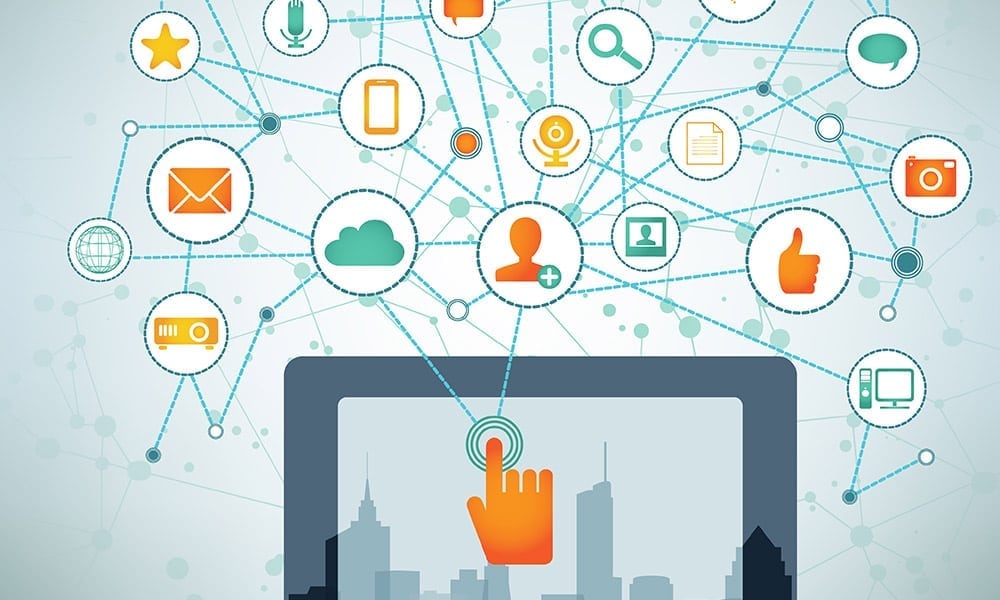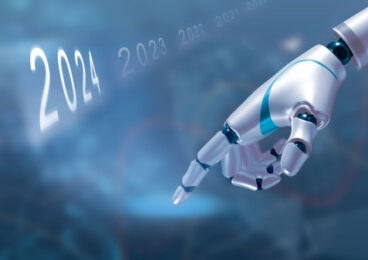 Reading Time: 3 minutes
Reading Time: 3 minutesThe term “programmatic” is becoming as widely used as gluten, and this buzzword is as easily misunderstood. It is being applied to numerous industries that are fearful the word automation might be seen in a less-than-favorable light. Simply put, though, that is exactly what it is.
The actual meaning of the word is only part of the equation. It is important to fully understand the term and to realize its benefits for media buying. Programmatic media buying entails purchasing advertising without human negotiation. The entire process is handled by machines. With Programmatic media buying, the machines learn the best approach and targeting that drive conversions and deliver the impressions most likely to increase your ROI. That explains it in a nutshell, but to go deeper, let’s look at the benefits and what needs to be accomplished.
The Benefits of Programmatic Media Buying
There are benefits on both sides of the table. Publishers can streamline efforts and capture a bigger slice of the digital advertising pie. More than 56 percent of video media spending is now programmatic, so that is a huge pie, indeed.
Advertisers find the process more efficient and cost effective. It is also easier to track results, which is impractical otherwise with large advertising campaigns stretched across numerous venues.
Publishers must stay on top of the latest trends to deliver the benefits of programmatic media buying, as well as keep up with advertisers’ demands. Advertisers are interested in more than reducing CPM costs. They still want to connect with and engage the right customers, at the right moment, in the right place, but the methods to accomplish that feat are changing. Publishers will need to address those changes and the concerns of advertisers.
People-Based Marketing
In the past, an effective way to reach consumer data was through the use of cookies. It was an easy way to capture data about customers. The problem with this method today is many consumers have shifted to mobile devices instead of a desktop, and cookies are unsuitable for the mobile environment.
People-based marketing techniques, on the other hand, target people rather than devices. It doesn’t matter if they are using a desktop, tablet or smartphone. In addition, the performance of addressable media is improved by recognizing the person rather than the device, so data is not duplicated as the customer moves between devices. This results in more accurate data and a seamless experience for the customer.
Real-Time Data
Real-time data analyzing makes it is possible to reach the customer at precisely the right moment and place. Browsers become customers when needs are instantly addressed. Batch processing is a thing of the past, because it doesn’t keep up with today’s active shopper. Real-time data also capitalizes on impulse-buying tendencies.
Personalization and Targeting
Advertising that meets the personalized needs of consumers is highly effective. The latest programmatic technology focuses on relevancy. This is important because blasting consumers with irrelevant ads will result in being blocked, which is easy enough to do with ad blocking technology. Programmatic targeting is almost unlimited. You can target users by interest, purchase behavior, and even those who receive your competitor’s emails. Knowing who your customer is can play a critical role in setting up relevant, successful campaigns.
Keep it Simple
One of the advantages that advertisers appreciate about programmatic media buying is consolidating efforts and analytical processes. Keeping the platform simple allows them to do that without fearing costly mistakes. Balance is key. While ease of use is important, the platform must also permit developing a specialized strategy for reaching and engaging target audiences.
Programmatic media buying is new to many advertisers, so it’s important to employ user-friendly platforms that avoid the need for extensive support and training. In addition, intimidating processes could result in lost customers.
Analytics
Analytics goes hand-in-hand with programmatic media buying. Relevant data acquisition makes for sounder business decisions – not just in marketing, but across the board. Analytics should provide information, such as cost per million impressions (CPM), advertising effectiveness, and conversion rates, just to name a few. A platform that allows users to pick and choose customizable data reports is also expected.
Programmatic Won’t Replace Everything
Programmatic media buying may be changing the face of the industry, but it will not completely replace traditional media buying. There will always be companies and types of advertising that need person-to-person handling and negotiation, but don’t expect all the business for yourself. A chair at the table is better than missing the feast altogether.
What’s Next?
Technological changes are occurring at break-neck speed in nearly every industry, leaving businesses scrambling to keep up, much less get ahead. When an advancement, such as programmatic media buying, comes along that actually makes things easier, it will be appreciatively accepted.
The flip side of the coin: Demand for additional features is common as advertisers realize the benefits involved. Anticipating and delivering on those expectations is critical for success.
The bottom line: Expect change. That goes for both sides of the table. Marketing has always been dynamic by necessity, so this comes as no surprise. Programmatic media buying that remains flexible with an eye on future potential is necessary to deal with inevitable changes. Nobody knows for sure what is next, but there is no doubt it will be different.
At Vizion Interactive, we have the expertise, experience, and enthusiasm to get results and keep clients happy! Learn more about how our status as a Google Partner, along with our PPC Management, Google Shopping Ads, Social Media Advertising, Amazon Advertising, and other Paid Media services can increase sales and boost your ROI. But don’t just take our word for it, check out what our clients have to say, along with our case studies.




